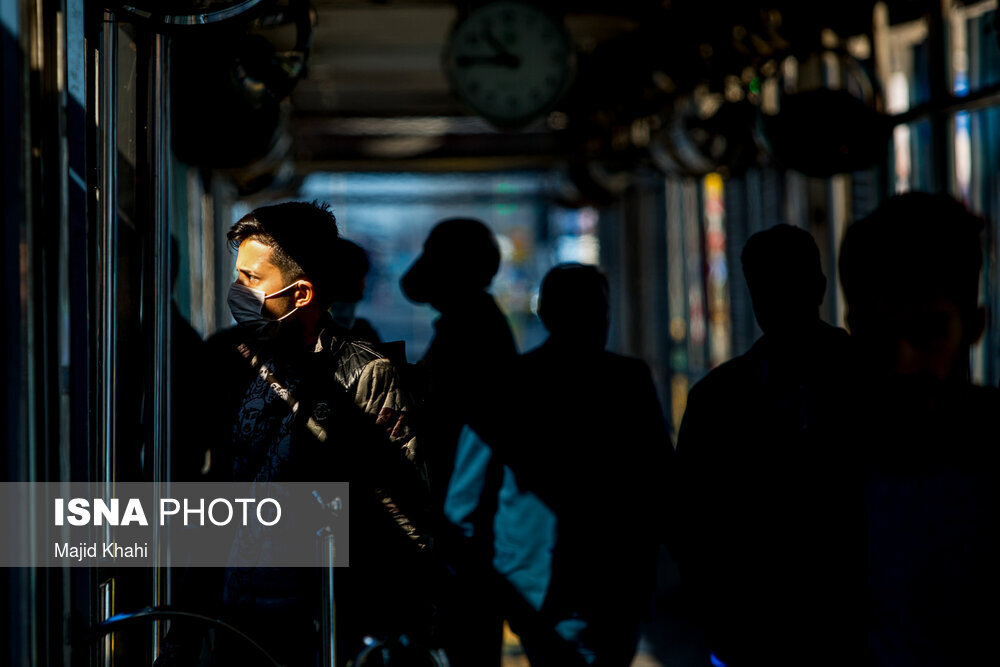World Suicide Prevention Day: bring focus on mental health amid COVID-19

TEHRAN – The global pandemic came with the economic downturn, the isolation due to months of social distancing, and the sheer stress of navigating through life while suffering a dangerous virus; all these make the most imperative time to focus on suicide prevention.
World Suicide Prevention Day (WSPD) is an awareness day observed annually on September 10, in order to provide worldwide commitment and action to prevent suicides, since 2003. The International Association for Suicide Prevention (IASP) collaborates with the World Health Organization (WHO) and the World Federation for Mental Health (WFMH) to host World Suicide Prevention Day.
According to the WHO, suicide accounts for almost half of all violent deaths in the world, and in the last 45 years, the worldwide suicide rate has increased by 60 percent, while suicide is now among the top three causes of death among people aged 15-44.
Fariborz Dortaj, head of the Iranian Educational Psychology Association, said that suicide prevention is a global challenge. Everyone in society has a key role to play in preventing it.
Everyone can make a difference as a member of the community, a child, a parent, a friend, a co-worker, or as a neighbor. Anyone can raise awareness about this issue, educate themselves and others about the causes of suicide and the warning signs for suicide, and contribute to saving a life, he highlighted.
Also, the unique insights and experiences of the millions of people who are affected by suicidal behavior each year can be invaluable in raising awareness and influencing the support of people who have committed suicide and those around them who have been harmed, he noted.
He further suggested that involving these people in research, evaluations, and interventions should be part of the programs of any suicide prevention organization.
“Suicide is a universal behavior that knows no boundaries,” he said, adding, “Suicide, regardless of age, gender or background, can affect people of all nationalities, cultures, religions, and classes.”
“It is often the result of damaged and untreated mental health; thoughts of suicide, while common, should be taken seriously. However, there are two types of suicidal ideation of passive and active.
The idea of passive suicide occurs when a person wishes to be dead or dies, but in fact, has no plans to commit suicide. On the other hand, active suicide, not only does the person think about suicide, but he also intends it and specifically has a plan to do it,” he explained.
The WHO estimates that approximately one million people die each year as a result of suicide, representing a global mortality rate of 16 per 100,000 or one death every 40 seconds, which reaches one person every 20 seconds in 2020.
Pointing out that the global suicide attempt rate is 20 times higher than the number of suicides, he said that “although the suicide rate has traditionally been higher among older men, the suicide rate among young people has risen to such an extent that now in a third of all countries around the world, this group is more at risk and their suicide rate is on the rise.
He went on to say that worldwide, 55 percent of suicides occurred between the ages of 15-44, and 45 percent between the ages of 45 and older.
Iran’s suicide rate relatively low
The latest statistics for 2020 from 183 countries (per 100,000 people) also show that Lithuania in Eastern Europe with a suicide rate of 31.9, Russia in Eastern Europe with a suicide rate of 31, and Guyana in South America with a suicide rate 29.2, ranked first to third.
Iran is also ranked 149th among 183 countries with a suicide rate of 1/4, which is higher among Iranian men at a rate of 5 than women at a rate of 1/3 per 100,000, which generally indicates a relatively low suicide rate in our country, he noted.
According to statistical studies conducted by mental health centers around the world, men are four times more likely to commit suicide than women. However, women are more prone to commit suicide. Suicide attempt rates are 2 to 3 times higher in women than in men, and women are more likely to experience suicidal ideation, he explained.
FB/MG
